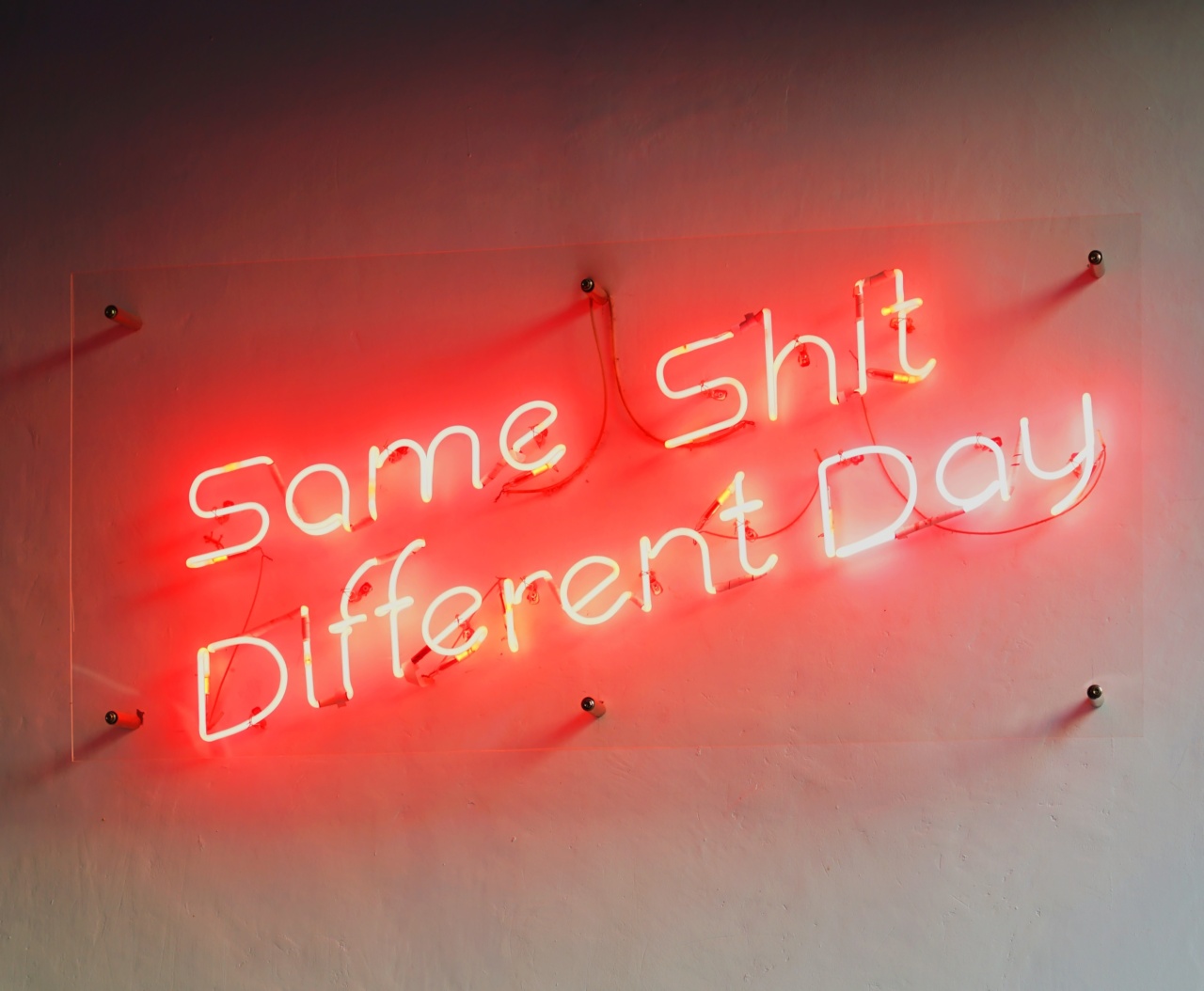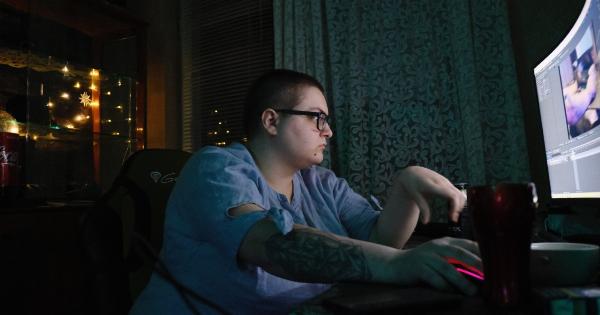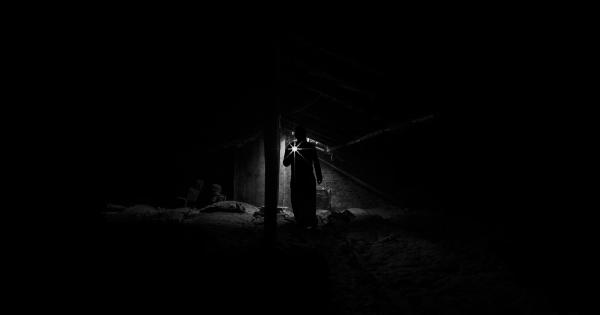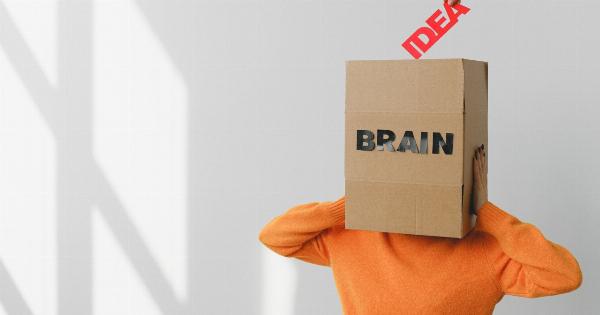Manic depression, now commonly referred to as Bipolar disorder, is a mental health condition that affects millions of people all around the world. It is a mood disorder that causes extreme mood swings that alternate between depression and mania.
The depression phase can cause feelings of hopelessness, worthlessness and lethargy while the mania phase can cause extreme elation, hyperactivity, and impulsive behavior. It is important to recognize the signs of bipolar disorder in order to seek necessary treatment.
The Types of Bipolar Disorder
There are different types of Bipolar disorder, each with their own unique set of symptoms.
Bipolar I Disorder
Bipolar I disorder is characterized by manic episodes that might last for at least a week and could be so severe that immediate hospitalization is needed.
In some cases, mixed episodes may occur, where the person might experience both mania and depression simultaneously.
Bipolar II Disorder
Bipolar II disorder is characterized by episodes of depression and hypomania. Hypomania is a milder form of mania that might last for a few days but doesn’t cause any psychotic symptoms.
Cyclothymic Disorder
Cyclothymic disorder is a milder form of bipolar disorder that is characterized by mood changes that are less extreme than in the other types of bipolar disorder.
The mood swings might not be severe enough to cause problems at work or in social situations, but they could still cause distress.
The Signs of Manic Depression
The signs of manic depression can vary from person to person. Some people might have extreme mania while others might only have mild hypomania. Here are some of the most common signs of manic depression:.
Depressive Phase
The depressive phase of bipolar disorder is characterized by symptoms such as:.
- Feelings of hopelessness, sadness, and emptiness
- Changes in appetite and weight
- Changes in sleep patterns
- Lack of energy and fatigue
- Difficulty concentrating
- Loss of interest in hobbies or activities that were once enjoyed
- Feelings of guilt and worthlessness
- Thoughts of suicide
Manic Phase
The manic phase of bipolar disorder is characterized by symptoms such as:.
- Feeling euphoric and invincible
- Feeling highly confident and self-assured
- Having racing thoughts and speaking quickly
- Being easily distracted and unable to concentrate
- Behaving impulsively and taking risks
- Engaging in reckless behavior such as drug use or unprotected sex
- Having poor judgment and impaired decision-making
How to Manage Bipolar Disorder
There are many treatment options available for managing Bipolar disorder. The most common treatments include:.
Medication
Various medications such as Lithium, Antipsychotics, and Antidepressants are used to manage bipolar disorder. These medications help to stabilize mood and reduce the frequency and intensity of mood swings.
Therapy
Therapy is an integral part of managing bipolar disorder. Cognitive Behavioral Therapy (CBT) and interpersonal therapy are two types of therapy that are effective in treating bipolar disorder.
These therapies help the person develop coping skills and improve their relationship with others.
Lifestyle Changes
Lifestyle changes such as getting enough sleep, eating a balanced diet, and engaging in regular exercise are beneficial for those with bipolar disorder. These changes can help reduce stress, boost mood and improve overall well-being.
Conclusion
Bipolar disorder is a complex and serious mental illness that requires proper diagnosis and treatment. The signs of bipolar disorder can vary from person to person, but it is important to recognize them in order to get the necessary help.
To manage bipolar disorder, medication, therapy, and lifestyle changes are all useful treatment options. With proper management, people with bipolar disorder can lead fulfilling and productive lives.




























